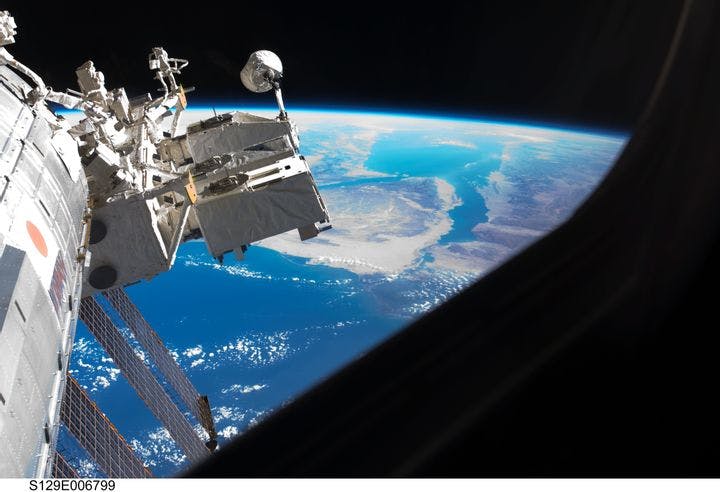Spring 2008
Scientist in Chief
– The Wilson Quarterly
The next president will need to make some critical decisions about science, and many of them will have to be made quickly.
A barrage of scientific questions will face the winner of the November presidential election. Should space be militarized? Can world pandemics be prevented without paralyzing international trade? Can diseases be cured without crossing moral lines? Should America cede world leadership in physics to Europe, with its gigantic new particle accelerator?
America’s new president will be not only commander in chief but also scientist in chief, inheriting a $150 billion research budget, 200,000 scientists, 38 research institutes, and dozens of related laboratories, writes Chris Mooney, a Washington, D.C.–based science writer.
The president will confront the issues of bioethics, climate change, nuclear proliferation, and energy. Momentous decisions about whether to sign treaties that might curb economic growth, which scientific facilities to build, and how many scientists the country needs are on the to-do list. The incoming president needn't be conversant in the latest fruit fly research, but must know how to learn about technical matters that require a decision even before all the evidence is in, Mooney writes. “Americans’ public health, job security, well-being, defense, and quality of life” depend on it. So does the United States’ position as a global power.
The new chief executive should start early, says Mooney. A distinguished science adviser should be selected and standing on the Capitol steps with the vice president and congressional leaders during the inauguration. A strong director of the National Institutes of Health should be appointed promptly, along with a competent commissioner of the Food and Drug Administration. The message of the new administration, Republican or Democratic, should be: Science matters.
* * *
The Source: "Dr. President" by Chris Mooney, in Seed, September-October 2007.
Photo courtesy of NASA's Marshall Space Flight Center
